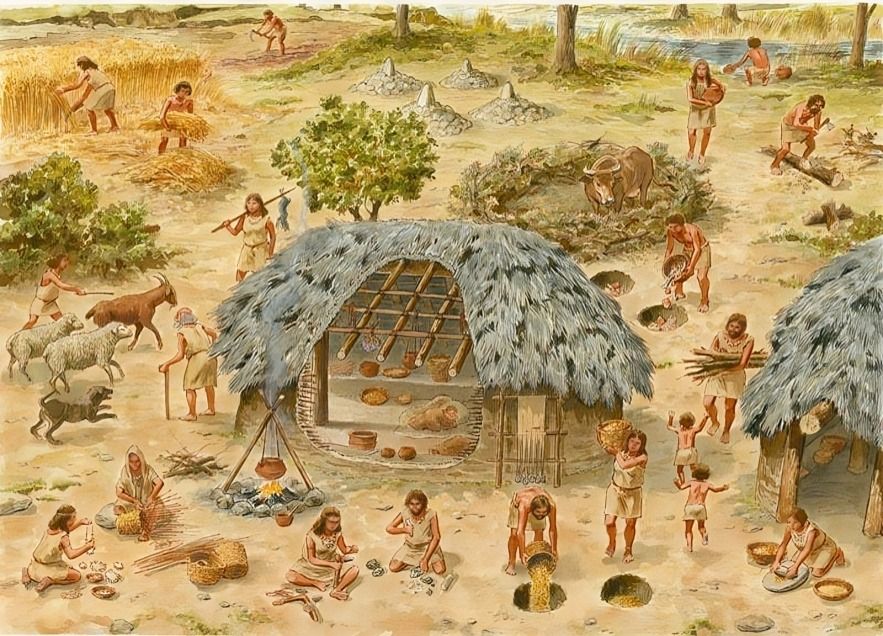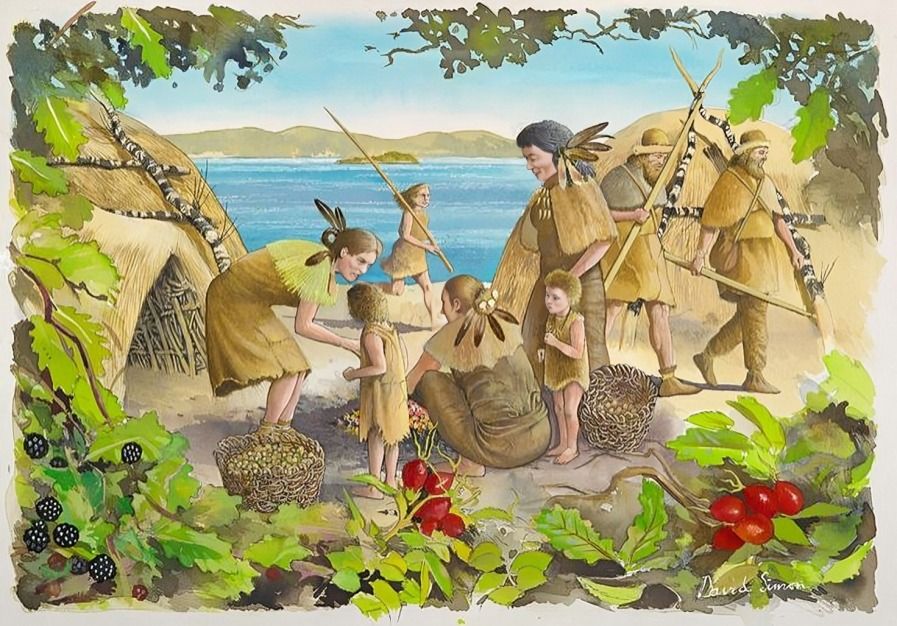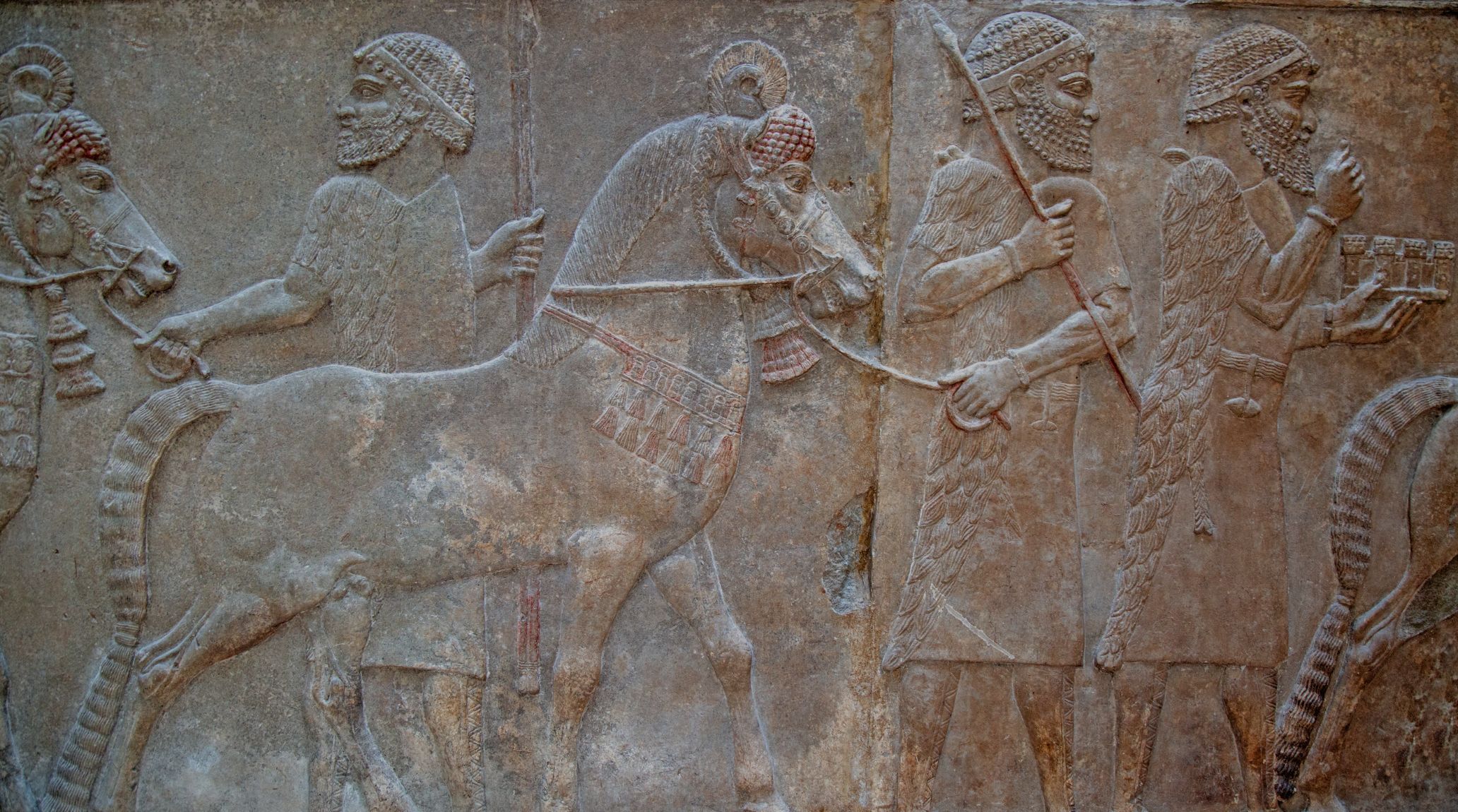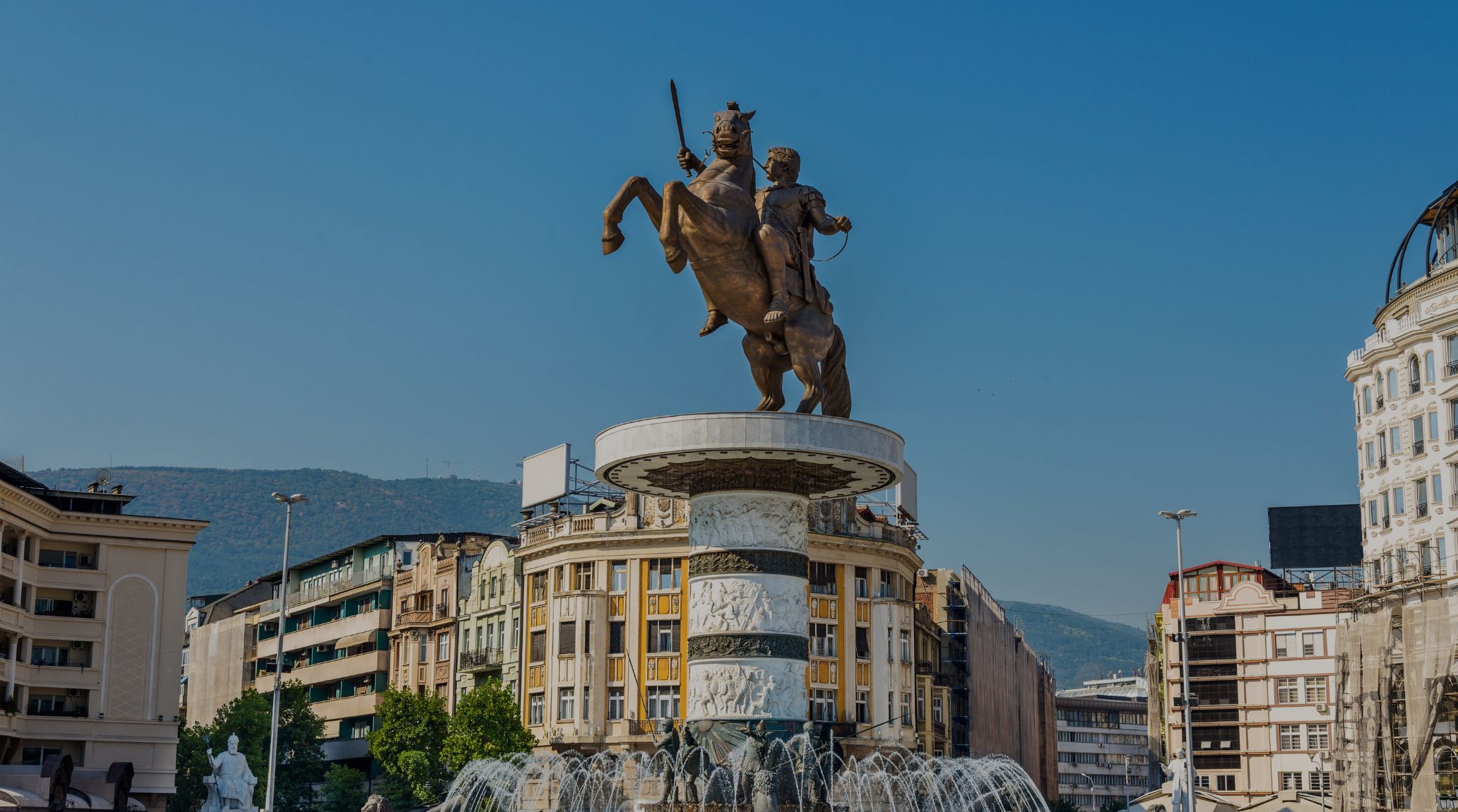
“
Mesolithic societies experienced profound changes in how people organized themselves, with gender playing a central role in shaping the social structure. From the division of labor to social hierarchies, this article presents 20 insightful Mesolithic Gender Roles and Social Structure Facts that reveal how gender roles influenced the fabric of Mesolithic communities.1
1
”
In Mesolithic societies, gender roles were more fluid compared to later periods. Both men and women contributed to the survival of their groups, with tasks often overlapping based on the community’s needs. 1
Evidence suggests that women played a significant role in gathering plant-based food, which was a primary food source. Their knowledge of local plants and foraging techniques was essential for the group's sustenance.2
Men were often involved in hunting, especially larger game. However, women and children also participated in small-game hunting, showcasing the shared responsibilities in food acquisition. 3
The Mesolithic period lacked the rigid gender divisions seen in later agricultural societies. People adapted to their environment, and roles were likely assigned based on skill, not gender. 4
Some burial sites from the Mesolithic era indicate a level of social equality between genders. Both men and women were buried with personal items, suggesting they held similar social status. 5

Mesolithic societies were typically organized into small, mobile groups or bands. Leadership was likely informal, and decision-making may have been a collective effort involving both men and women.
Men and women both used tools for various tasks, such as crafting, fishing, and hunting. The versatility of tool use among genders suggests a cooperative approach to survival. 6
Evidence from Mesolithic burials shows that women were sometimes interred with hunting tools, challenging the notion that only men hunted. This highlights the shared roles in hunting activities. 7
Mesolithic children were integrated into the daily activities of their communities from a young age. Both boys and girls likely learned survival skills, including tool-making and foraging, from older members. 8
The flexible gender roles in Mesolithic societies were likely shaped by the harsh and changing environments they lived in. Survival demanded adaptability, with all members contributing to group success. 9
Some archaeological findings suggest that women in Mesolithic societies played a role in creating clothing and shelter. Their skills in working with animal hides and plant fibers were crucial for survival. 10

In some Mesolithic communities, there is evidence of communal child-rearing practices. The care of children was likely a shared responsibility among all adults, regardless of gender.
The concept of "family" in Mesolithic societies was probably more communal than in later periods. People lived in small, close-knit groups, and social bonds extended beyond immediate kin.11
Gender roles in Mesolithic societies were likely influenced by seasonal changes. For example, men might focus more on hunting during certain seasons, while women gathered food and processed resources. 12
Artifacts related to personal adornment, such as beads and necklaces, have been found in both male and female burials. This indicates that both genders took part in cultural practices like decoration and ritual. 13
Mesolithic societies likely placed value on individuals based on their skills and contributions rather than their gender. Expertise in hunting, foraging, or tool-making would have been more important than strict gender roles. 14
Some Mesolithic burials show signs of social stratification, but this was not strictly gendered. Both men and women were found buried with items of significance, indicating their social importance.15
The mobile nature of Mesolithic groups required a high level of cooperation and shared labor. This communal way of life fostered less rigid distinctions between male and female roles in daily tasks. 16
Rituals and spiritual practices in Mesolithic societies may have involved both genders. Evidence from burial sites and art suggests that men and women shared in the cultural and spiritual life of their communities. 17
While men are often associated with hunting in Mesolithic societies, the role of women in processing food, preparing tools, and ensuring the survival of the group was equally vital. Gender roles were complementary rather than hierarchical. 18


